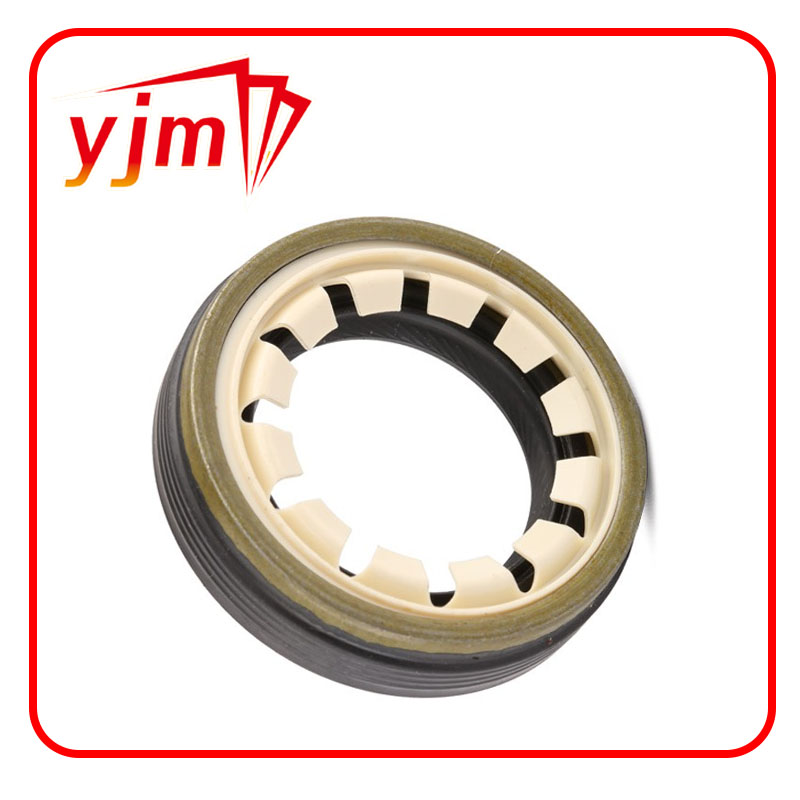High-Quality Oil Seal Shock - Durable and Reliable Sealing Solutions
Understanding Oil Seal Shocks Essential Aspects and Considerations
Oil seals play a crucial role in the functionality and longevity of various mechanical systems, particularly in automotive and industrial applications. They serve to prevent the leakage of lubricants and to keep contaminants out of machinery. However, one of the less frequently discussed aspects of oil seals is the potential for shock loading, which can significantly affect their performance and lifespan.
What Are Oil Seals?
Oil seals, also known as shaft seals or lip seals, are mechanical devices that contain lubricants within a system while preventing external contaminants from entering. Typically made from materials like rubber or polyurethane, these seals feature a lip that creates a tight fit around a rotating shaft. This tight sealing action not only helps maintain lubricant levels but also contributes to the overall efficiency of the system by minimizing friction losses.
The Impact of Shock Loading
Shock loading refers to the sudden application of force that can exceed the normal operational limits of a component. In the context of oil seals, shock loading can lead to rapid wear, tears, or even catastrophic failure. This phenomenon often occurs in situations where there are abrupt changes in pressure or movement, such as in heavy machinery or during high-impact operations.
Causes of Shock Loading
1. Operational Conditions Fluctuations in speed, temperature, or load can create conditions ripe for shock loading. For instance, heavy machinery that experiences rapid acceleration or deceleration can exert significant forces on oil seals. 2. Installation Errors Improper installation of oil seals can lead to misalignment. A misaligned seal may not fit properly against the shaft, making it susceptible to uneven wear and failure during shock events.
oil seal shock

3. Material Limitations The choice of material for the oil seal can also play a critical role. Different materials have varying degrees of flexibility and resistance to shock loads. For instance, a standard rubber seal may not withstand high-impact conditions as well as a specially formulated polyurethane seal.
Mitigating Shock Loading Effects
To enhance the durability of oil seals and mitigate the effects of shock loading, several strategies can be implemented
- Correct Material Selection Choosing the right oil seal material for the specific application can drastically reduce failure rates. Consideration should be given to the environmental factors, including temperature extremes and exposure to chemicals.
- Proper Installation Practices Ensuring the oil seal is installed correctly can prevent premature wear. This includes verifying alignment and using the appropriate tools to avoid damaging the seal during installation.
- Regular Maintenance Routine inspections of oil seals can help identify early signs of wear and potential failure. Regular maintenance of the machinery can also lead to reductions in shock loading occurrences.
Conclusion
Oil seal shocks can have dire consequences for machinery if not properly managed. By understanding the mechanisms behind oil seal function, the impact of shock loading, and how to alleviate these stresses, operators can significantly enhance the longevity and reliability of their systems. Investing in quality seals, ensuring proper installation, and conducting regular maintenance are simple yet effective strategies that can go a long way in safeguarding machinery against the adverse effects of shock loading. Through proactive measures, businesses can optimize performance and reduce downtime, ultimately leading to enhanced productivity and cost savings.
-
Simplifying Oil Changes: A Comprehensive Guide to Oil Drain Plugs and Their Variants
News Aug.04,2025
-
Mastering Oil Drain Maintenance: Solutions for Stripped, Worn, and Upgraded Oil Plugs
News Aug.04,2025
-
Fixing Oil Pan Plug Issues: Leaks, Stripped Nuts, and the Right Replacement Solutions
News Aug.04,2025
-
Everything You Need to Know About Oil Drain Plugs: Sizes, Fixes, and Upgrades
News Aug.04,2025
-
Choosing the Right Oil Drain Plug: A Guide to Sizes, Materials, and Drain Innovations
News Aug.04,2025
-
A Complete Guide to Automotive Drain Plugs: Types, Problems, and Innovative Solutions
News Aug.04,2025
-
The Ultimate Guide to Car Repair Kits: Tools and Essentials Every Driver Should Own
News Aug.01,2025
Products categories















